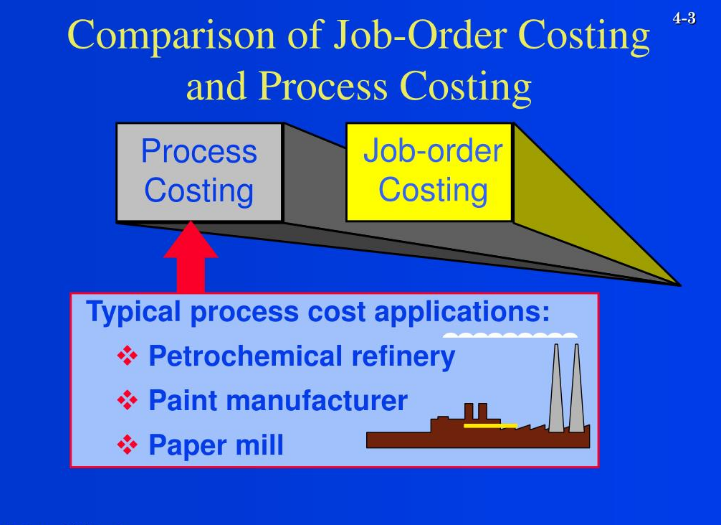Difference Between Solenoid And Bar Magnet
What Is A Solenoid? A solenoid is a long coil of wire wrapped in many turn, when a current passes through it, it creates a nearly uniform magnetic field inside. Solenoids can convert electric current to mechanical action and so are very commonly used as switches. The magnetic field within a solenoid depends upon the … Read more

